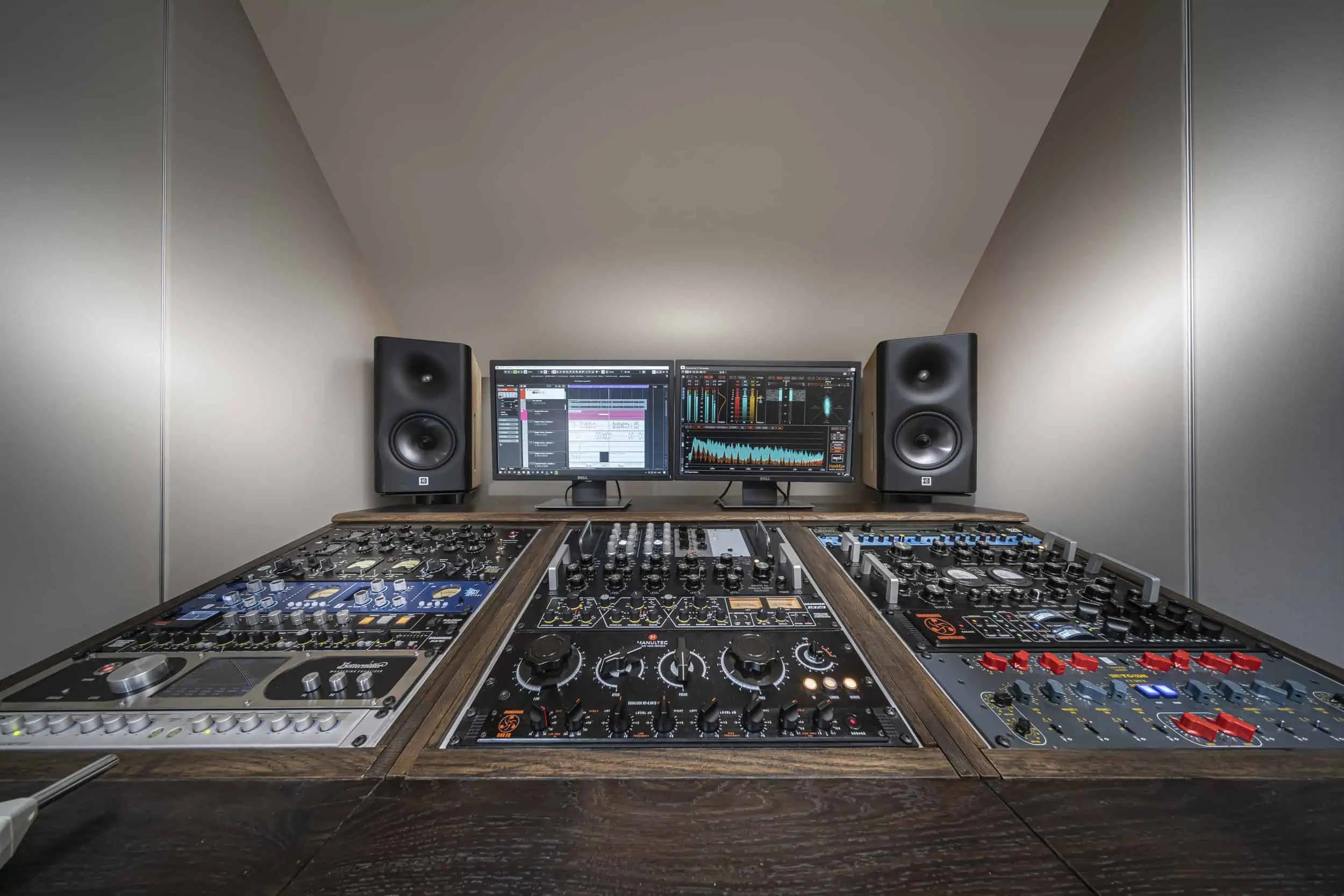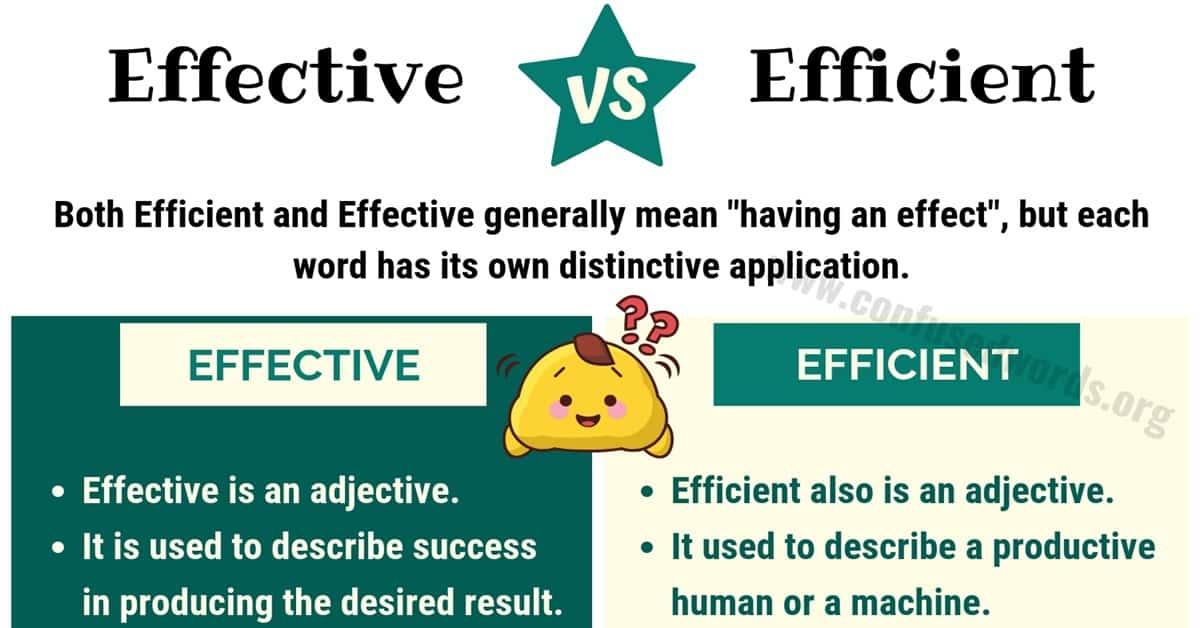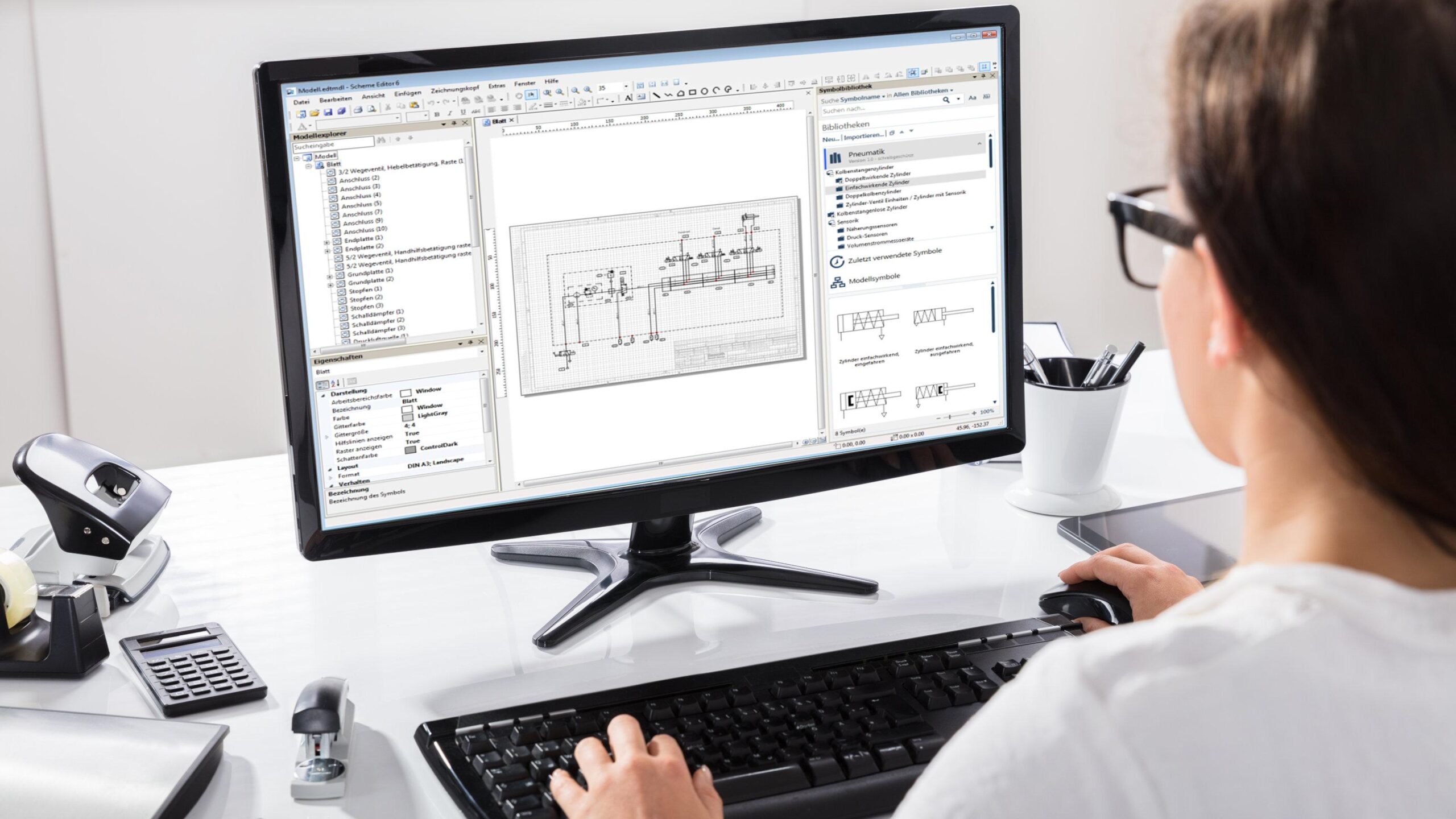Índice
Become an Advanced Editor: Essential Tips to Master Your Edits with Precision!
In an age where content reigns supreme, the role of an editor has transformed dramatically, evolving into a vital force behind effective communication. Whether you’re refining a novel, polishing a blog post, or curating a professional report, the nuances of editing can make or break your message. But what does it mean to be an advanced editor? It goes beyond mere corrections; it requires a sharp eye for detail, a keen understanding of narrative, and the ability to evoke the intended emotion with clarity and precision. In this article, we will explore essential tips and strategies that will empower you to sharpen your editorial skills. Join us on this journey to elevate your editing prowess and navigate the intricate world of written expression with confidence and accuracy.
Unleashing Your Creative Potential Through Advanced Editing Techniques
Mastering advanced editing techniques can elevate your work from good to exceptional, allowing your creative vision to shine through. By incorporating layering techniques, you can create depth in your edits that captures the viewer’s attention. This involves not just combining images but also playing with opacity and blending modes to heighten the overall impact. Additionally, exploring color correction allows you to refine the mood of your piece. Use tools like curves, levels, and color balance to manipulate hues that resonate with your audience.
To further refine your skills, consider implementing non-destructive editing methods. This approach ensures that your original files remain intact while you experiment with different effects and adjustments. Techniques such as using adjustment layers or smart objects in programs like Photoshop can save you time and enhance your creativity. Furthermore, developing a consistent workflow is essential for mastering your editing processes. Begin by organizing your assets, utilizing templates for frequently used settings, and documenting your steps for future reference, which significantly enhances your efficiency and artistic output.

Mastering the Art of Precision: Tools and Strategies for Flawless Edits
Mastering the art of precision in editing requires a blend of the right tools and effective strategies. Investing in high-quality software is the first step toward achieving flawless edits. Whether you’re using Adobe Photoshop for images or Avid Media Composer for videos, each platform offers an array of functionalities that enhance precision. Keyboard shortcuts can significantly streamline your process, allowing you to execute commands swiftly. Additionally, familiarize yourself with layer management and color correction tools, as they are vital in producing clean and professional results. By honing these technical skills, you’ll find that your edits become increasingly effective and efficient.
Equally important is the incorporation of strategic practices that elevate your editing game. Establish a strong workflow that integrates the use of checklists to ensure every edit is accounted for. Collaborating with peers or seeking feedback can also provide new perspectives and highlight areas for improvement. Below are some useful tips to implement:
- Review and revisit: Allow your edits to sit for a day before finalizing them. Fresh eyes can catch overlooked errors.
- Set specific goals: Define what you wish to achieve with each edit to keep your work focused.
- Stay updated: Follow industry trends and updates in editing tools to incorporate new techniques into your workflow.

Navigating Common Pitfalls: Tips for an Efficient Editing Process
Editing can often feel like navigating a labyrinth, with several paths leading to costly mistakes. To avoid these common pitfalls, start by establishing a clear purpose for your edits. Define what you want to accomplish with each piece, whether it’s enhancing clarity, improving flow, or tightening language. This direction will fundamentally transform how you approach your revisions, allowing you to focus on elements that truly matter. Additionally, consider creating a personalized checklist to guide your editing sessions:
- Identify the main message or argument.
- Look for redundancies or unnecessary jargon.
- Ensure consistency in tone and style.
- Check grammar, punctuation, and spelling.
- Solicit feedback from a trusted peer.
Another strategy to streamline your editing is to break your work into manageable segments. Divide your text into sections, and tackle one at a time. This approach can help prevent you from feeling overwhelmed, allowing for a more thorough examination of each part. Additionally, incorporating timed editing sessions can enhance focus and efficiency. For instance, set a timer for 30 minutes and work on one specific aspect of editing during that window. This can be particularly effective when examining structural issues or enhancing transitions. Here’s a quick visualization of how timed sessions can improve your editing workflow:
| Session Focus | Time Allocated |
|---|---|
| Content Review | 30 Minutes |
| Grammar Check | 15 Minutes |
| Peer Feedback Review | 20 Minutes |
| Final Touch-ups | 15 Minutes |

Building Your Unique Editing Style: Personalization and Continuous Improvement
To carve out your own editing style, it’s crucial to embrace personalization. Start by identifying the elements that resonate with you, such as color palettes, transition effects, or thematic motifs. Experimentation will be key in this journey; don’t hesitate to test various editing techniques that catch your eye. Here are some personalized approaches you can try:
- Select a signature color scheme that reflects your personality.
- Develop unique transition styles that can become your hallmark.
- Incorporate specific audio cues that enhance your storytelling.
Continuous improvement is essential for any editor striving to elevate their craft. Regularly seek feedback and remain open to new ideas from fellow creatives. Track your progress and analyze which techniques resonate with your audience. A helpful method to document your growth can be laid out in a simple table:
| Technique | Initial Impressions | Improvements Made |
|---|---|---|
| Color Grading | Too saturated | Adjusted hues for subtlety |
| Jump Cuts | Disorienting | Smoother transitions added |
| Voiceovers | Flat delivery | Enhanced vocal tone |
Concluding Remarks
As we conclude our journey through the essential tips for becoming an advanced editor, remember that mastery comes not just from knowledge, but from practice and perseverance. Whether you’re refining a manuscript, polishing an article, or crafting engaging content, the techniques we’ve explored can be your guiding light. Embrace the art of editing as a continual learning process, and don’t shy away from experimenting with your newfound skills. Let each edit bring you closer to clarity, cohesion, and creativity in your work. Armed with these insights, you are now better equipped to embark on your editing endeavors with confidence and precision. Happy editing!
